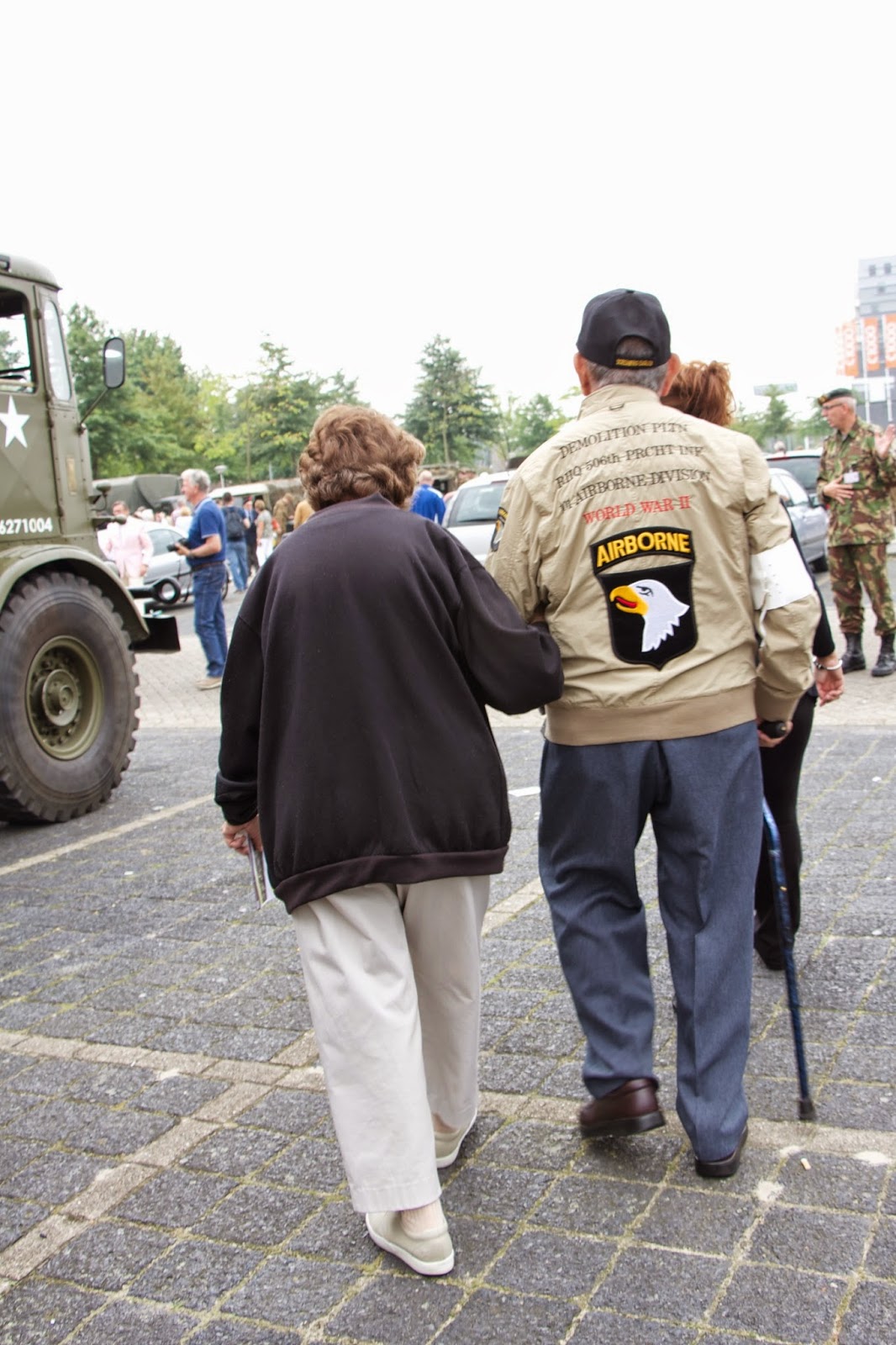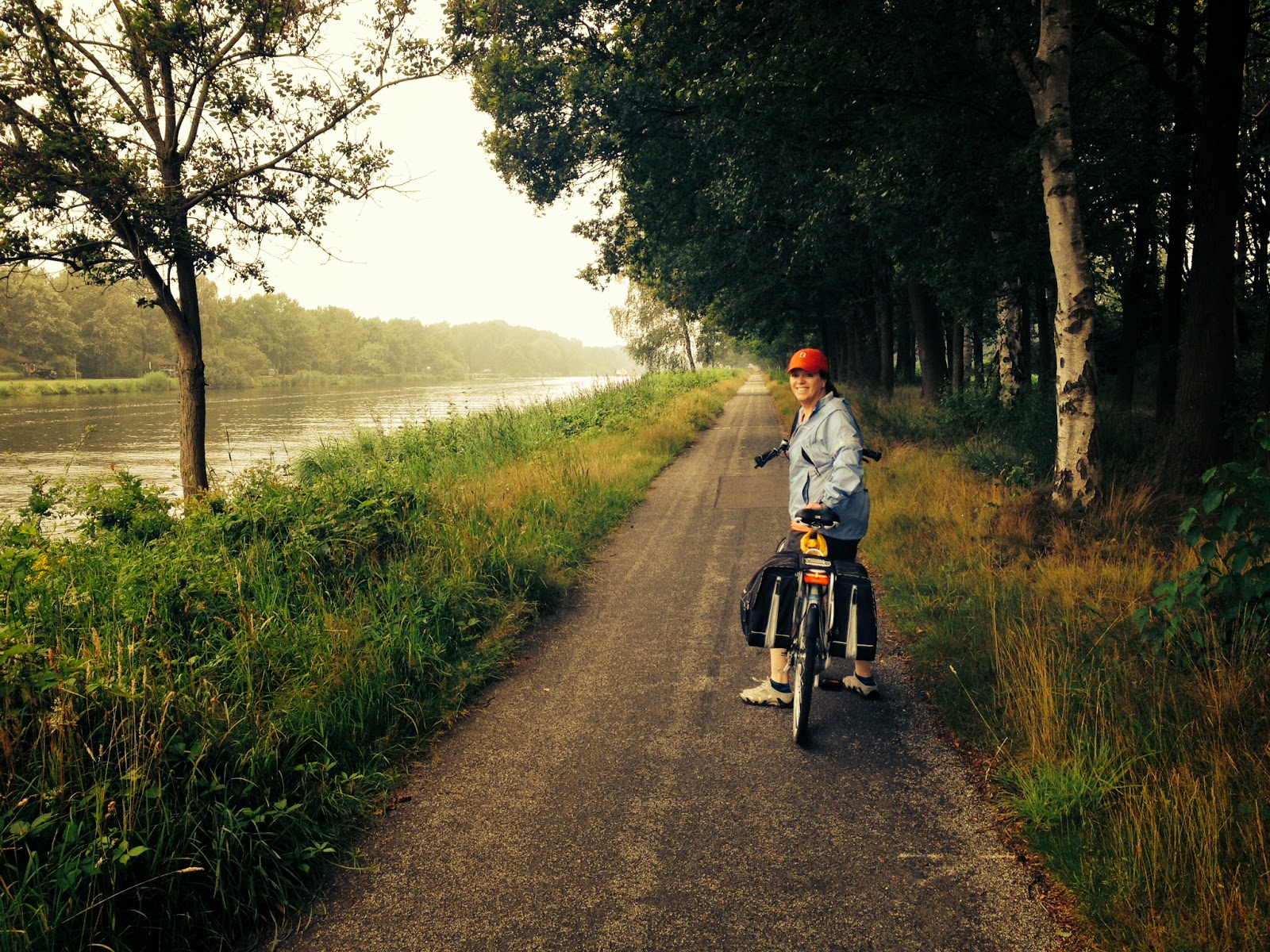 We arrived late Thursday evening and took a cab to our hotel called Hotel Jazz. It was located near the University area, not far from the Las Ramblas, and close to the Latin quarter and a short walk from the beach. The hotel had a rooftop pool and bar and overlooked the University area. We dropped our suitcases and immediately walked to Las Ramblas for some tapas and sangria. I had heard that the food was not so great on the Las Ramblas because it was a touristy area, but either because we were hungry or the food had some spice, it was tasty to us.
We arrived late Thursday evening and took a cab to our hotel called Hotel Jazz. It was located near the University area, not far from the Las Ramblas, and close to the Latin quarter and a short walk from the beach. The hotel had a rooftop pool and bar and overlooked the University area. We dropped our suitcases and immediately walked to Las Ramblas for some tapas and sangria. I had heard that the food was not so great on the Las Ramblas because it was a touristy area, but either because we were hungry or the food had some spice, it was tasty to us.
The next morning we walked through the Gothic Barrio to Plaça Sant Jaume to meet Austin, Texas based Fat Tire bicycle company for a bicycle tour of the city. We did the same in Berlin and knew that it was the best way to get a feel for the city, as well as a way to get some exercise. It was a four hour tour and included some highlights of the city, including the government area of town in Placa Sant Jaume and the nearby Plaza del Rei where Christopher Columbus accepted the funds from Queen Isabella for his voyage west (to actually what is now Bermuda and an island called Hispaniola - not North America as most people think). Queen Isabella is reported to have had a personal relationship with Columbus, but also struck a deal to get 10 percent of the trade that he sold. It felt amazing to be in this historic plaza.
We then rode to the Catedral in the Gothic barrio, to the beautiful historic Palau Musica (music palace), then onto the Parc de la Ciutadella which was first a fort, then turned into a park and a zoo. We stopped for photos before riding to the other side of the city to the La Sagrada Familia Catedral designed by the famous architect Gaudi. It was the first glimpse of this church and left us wanting for more. The style of this church from the outside was impressive, but we only had time to see one side and no time to go inside at all.
On the way to the Barceloneta beach, we rode through heavy traffic to find lunch at another Tapas bar (Tapa Tapa). The beach was busy on the sunny day and we had time to enjoy our Spanish wine while watching the locals sunbathe. Paul quickly downed his lunch so he could get some photos of the beautiful beach and perhaps a peek at the topless sunbathers. We finished our ride by seeing the Arc del Triomf, the Olímpica village of Barcelona, the eclectic El Borne neighborhood with restaurants and boutiques, and we finished our tour with the Basílica de la Santa Maria del Mar. We were impressed by the diverse offerings of the city and got a glimpse into the history of Barcelona.
 After our ride, we returned to our hotel and spent the afternoon with drinks on the rooftop pool which overlooks the city. We relaxed and then showered and walked to the El Borne area to dine at a Mexican restaurant called La Hacienda. We were thrilled to find a restaurant that offered margaritas, spicy nachos, and fajitas. and ate outside on the terrace to watch the many locals shop in the boutique shops in the area. After we ate, we walked to the Santa de Mar Basilica to hear a concert of Spanish
After our ride, we returned to our hotel and spent the afternoon with drinks on the rooftop pool which overlooks the city. We relaxed and then showered and walked to the El Borne area to dine at a Mexican restaurant called La Hacienda. We were thrilled to find a restaurant that offered margaritas, spicy nachos, and fajitas. and ate outside on the terrace to watch the many locals shop in the boutique shops in the area. After we ate, we walked to the Santa de Mar Basilica to hear a concert of Spanish  guitars. As in Budapest, the churches have concerts as fundraisers to provide for the maintenance of the church. The trio of Spanish guitars bounced off the stone walls in the sanctuary and the candle-lit, low-lighting of the church was magical. The Basilica was built by the people in a simplistic style and the construction of this church only took 55 years (from 1329 to 1384). It was destroyed by earthquake soon after it was built and then after restored, destroyed again by fire during the civil war. This historic church is a prominent icon in the Gothic neighborhood.
guitars. As in Budapest, the churches have concerts as fundraisers to provide for the maintenance of the church. The trio of Spanish guitars bounced off the stone walls in the sanctuary and the candle-lit, low-lighting of the church was magical. The Basilica was built by the people in a simplistic style and the construction of this church only took 55 years (from 1329 to 1384). It was destroyed by earthquake soon after it was built and then after restored, destroyed again by fire during the civil war. This historic church is a prominent icon in the Gothic neighborhood. Saturday, we had breakfast and strolled in the Gothic barrio. We then
negotiated the underground trains to go back to the La Sagrada Familia
with tickets to visit the inside of the church. We have seen quite a few
churches in our travels, but this one was extremely impressive. It is
not unusual to build these European church for 200 years. I felt
privileged to see this church in progress. They have been building it
for over 100 years and expect to finish it in 20 years. It is a work in
progress in modern times, but majestic none-the-less.
Saturday, we had breakfast and strolled in the Gothic barrio. We then
negotiated the underground trains to go back to the La Sagrada Familia
with tickets to visit the inside of the church. We have seen quite a few
churches in our travels, but this one was extremely impressive. It is
not unusual to build these European church for 200 years. I felt
privileged to see this church in progress. They have been building it
for over 100 years and expect to finish it in 20 years. It is a work in
progress in modern times, but majestic none-the-less. One side of the church features the nativity of Jesus and the Holy Family and the other side has the facade featuring the Passion. It is impossible to describe the detail involved - it must be seen. The inside of the church has many facets and the colors in the windows were brilliant. The best feature of this church is the altar area. A crucifix hangs over the altar in a ring of candles. Above the crucifix is an opening in the ceiling that opens into one of the towers. In my mind, this is what the opening of heaven must be like.
 I sat in meditation and cried at the beauty of this sacred place as I felt bathed in the Holy Spirit near the altar. We visited the museum under the church that told of the building of it and featured the design of Gaudi.
I sat in meditation and cried at the beauty of this sacred place as I felt bathed in the Holy Spirit near the altar. We visited the museum under the church that told of the building of it and featured the design of Gaudi.We left this area and pondered what to do with the rest of our afternoon. The funicula was broken that takes one to Mont Juiic to get a view from the top of the city so that was not an option without hiking shoes. We considered shopping in the El Born district, but had no room to take anything back in our suitcases. It was too nice of the day to go inside to the Picasso museum and we didn't have enough time to visit Montserrat, a beautiful Benedictine monk mountain retreat about one hour North West from Barcelona by train. We considered renting a bike to ride along the coast line to the Maresme beaches 1 hour away. However, Paul had crashed his bike on the ride the day before and his elbow was hurting and his leg still had road rash.
We walked by a couple of Gaudi houses in the area, Casa Battlo and La Padrera (but didn't go to the Parc Guell where more houses are located) and strolled the Las Ramblas to return to our hotel. We returned to the rooftop bar at the hotel to research whether or not we could hear live music at the Palau Musica and they were sold out for the night. We then went back to the same Mexican restaurant for dinner (did I say that the Mexican food was a real treat for us after 6 months without?). We left early the next morning to return to our European home. Yes, we will go back to Barcelona to finish up the final notes to complete this symphony.




























.jpg)
















